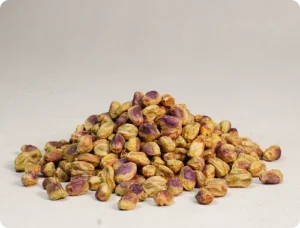
Pistachios are among the world’s most prized and versatile nuts in the dried fruit market. Not every pistachio, however, finds
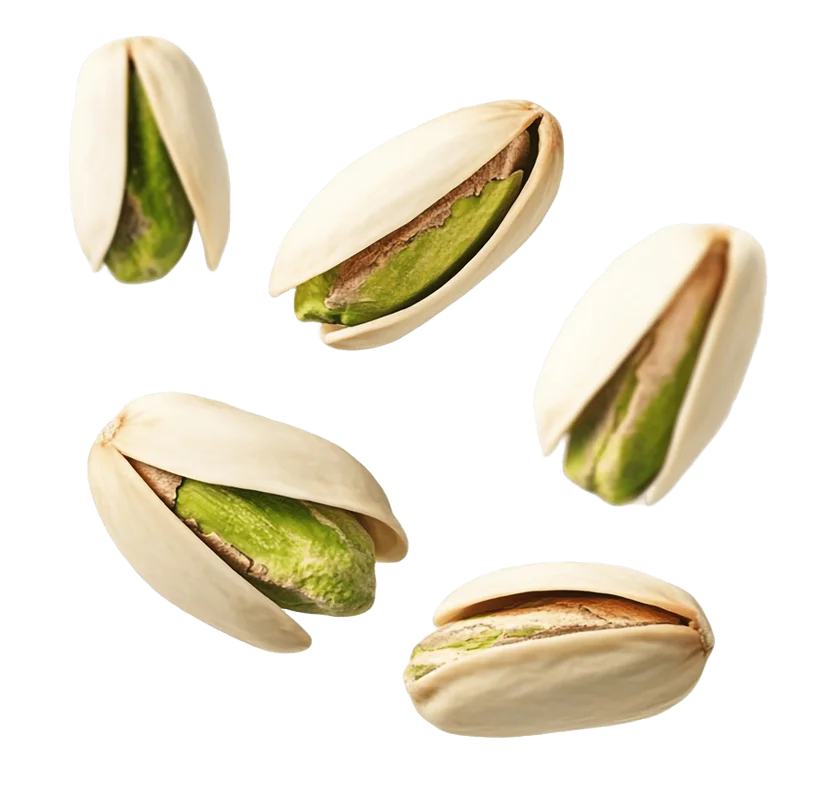

Pistachios are among the world’s most prized and versatile nuts in the dried fruit market. Not every pistachio, however, finds
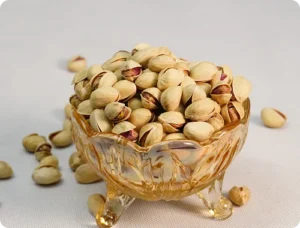
Introduction: A Taste Revolution, Powered by HivaNuts In South America’s vibrant, health-conscious, and rapidly evolving food culture, pistachios are taking
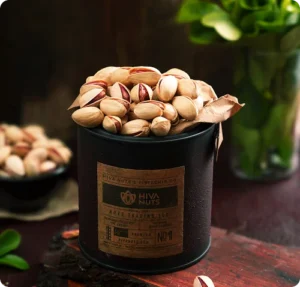
Introduction In a time when health eating is on the rise and global commerce is trending towards environmental and high-value
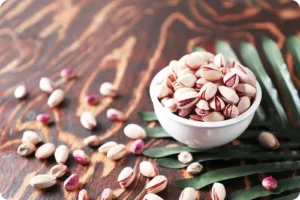
Pistachio, one of the Middle East’s earliest cultivated nuts, has played a fascinating role in food history and the exchange
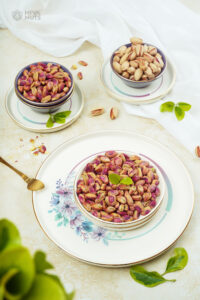
Iranian Pistachio Association – Commerce Committee: According to Iranian Customs statistics, 1,503 tons of pistachio and pistachio kernel varieties were
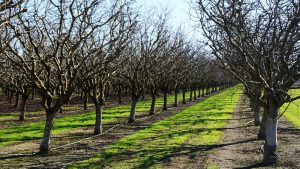
According to Hiva Nutz, the Iranian Pistachio Association has provided solutions to deal with the threat of premature heat: Increasing
© 2024 Hiva Nuts. All Rights Reserved. Design by Simagar
WhatsApp us